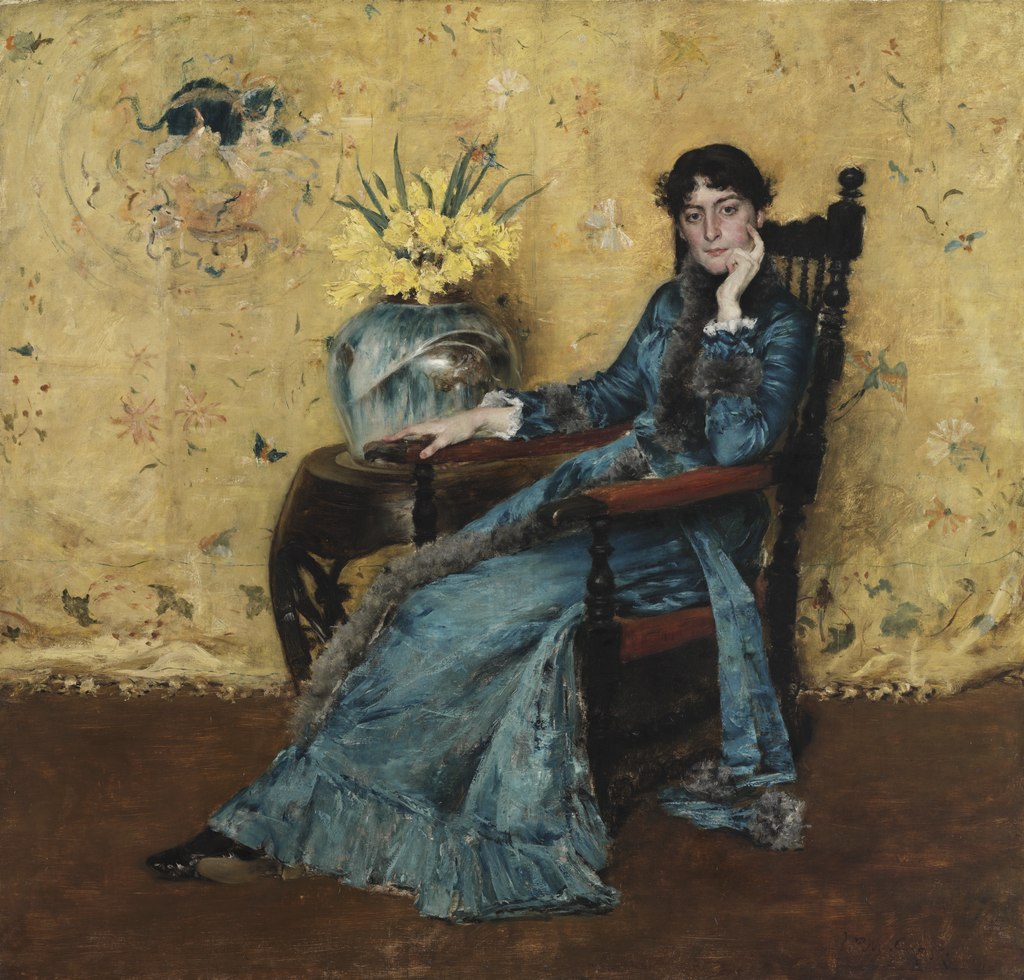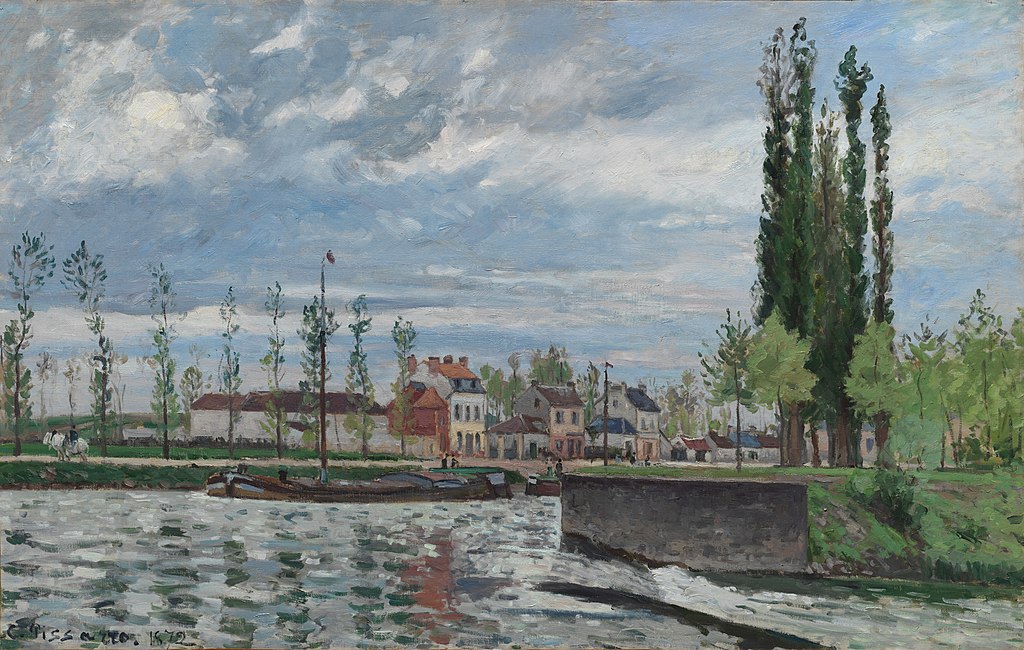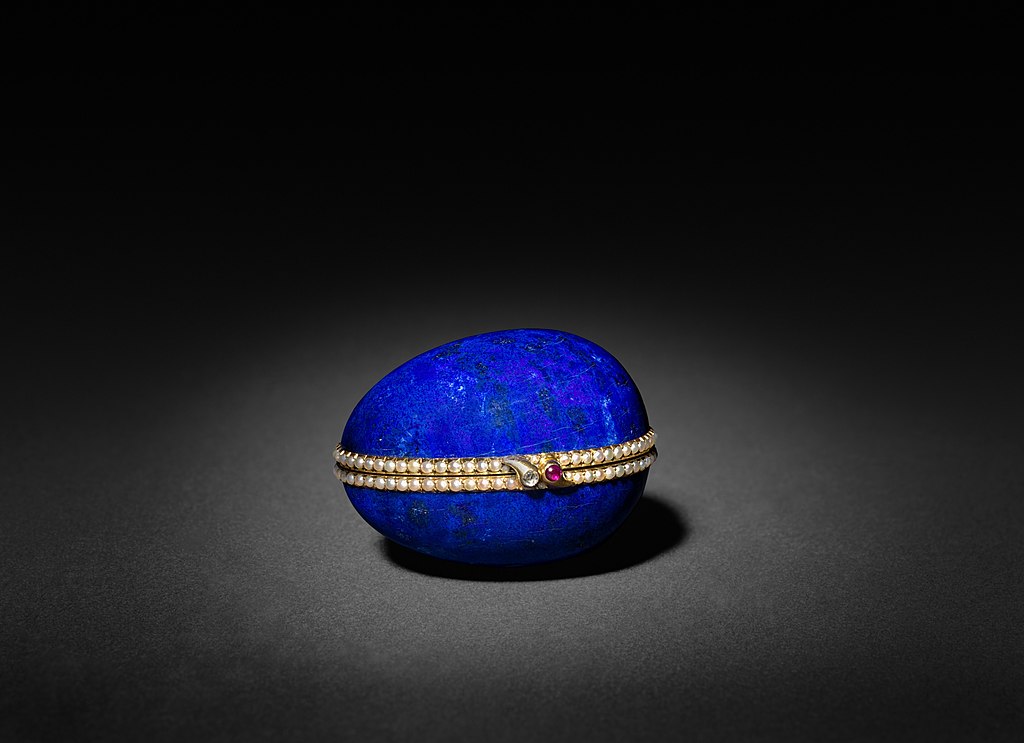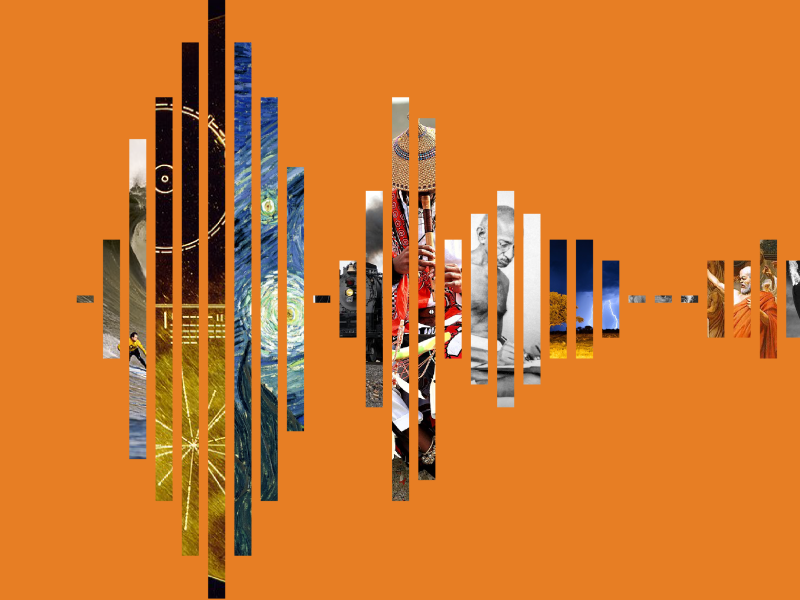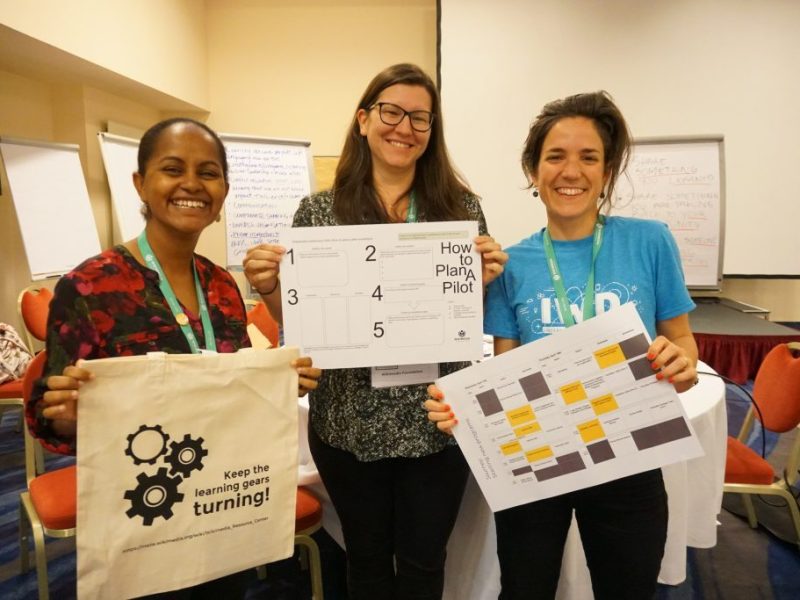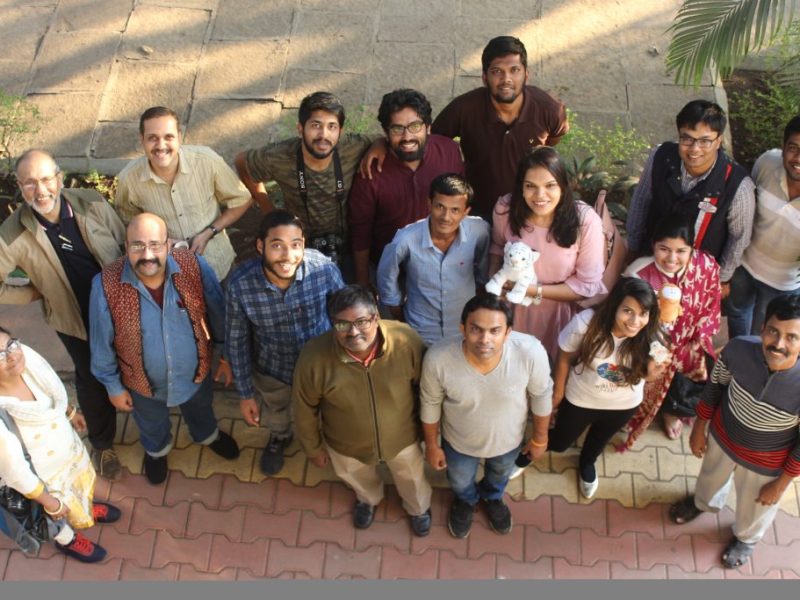This week, the Cleveland Museum of Art implemented a clear and permissive open access policy, removing all copyright restrictions on photographs of 30,000 items and releasing all metadata related to the 61,000 works in their collection. In short, this means that anyone, in any context, can access, reuse, and remix the collections.
With this decision, the Cleveland Museum of Art (CMA) now joins a growing community of what we call “GLAM” institutions (galleries, libraries, archives, museums) adopting such policies, including the Metropolitan Museum of Art in New York City.
The possibilities for this kind of release are quite broad. By making this data and media free, students and teachers around the world can use the material for their schoolwork, Wikimedians can illustrate Wikipedia articles, scholars and programmers can analyze the collections to discover new and unexpected relationships between the objects, and new creators can integrate these collections into a next generation of art (see for example, this Jewelry Competition by the Danish SMK). By opening their collections, the CMA invites a world of reuse.
Committing to this openness requires thinking about the work of institutions in new ways, and in some ways adjusting the practices of collections. Sharing an entire collection of high-quality digitized objects alongside their metadata is a bold move. It takes hard work and a continuous investment for an institution to just get an object to the point of digitization—preserving artifacts, researching their historical context, and determining legally whether or not the works can be photographed and shared on a website.
Each step in the process of creating a digital record requires time, expertise, and investment. Choosing to share that collection under a CC0 license—which removes the legal obligation for attribution and allows others to use this collection data for any purpose—is a humble decision: helping others access and learn about our collective heritage.
Moreover, by backing this commitment to sharing with an open API, an interface for programmers and software to see the collections, institutions invite the world over to integrate this collection into digital projects for exploring the collection. Cultural hackathons, like those sponsored by open communities in Switzerland and Germany, show that the applications of these data can create new and unexpected insights into those collections.
As I write, the open access policy is enabling the CMA to work with Wikimedia communities to share their collections on Wikimedia Commons and Wikidata—integrating that content into a global web of connected heritage on Wikimedia projects.
Openness allows for a growing impact of collections
Since the inauguration of the GLAM (Galleries, Libraries, Archives and Museums)-Wiki community in 2009, the Wikimedia community has long advocated for the sharing of collections to a broad public. In part, this is because Wikipedia maintains a Creative Commons Share Alike License, and our communities need to be able to illustrate Wikimedia projects with content that allows many different forms of redistribution, which means that we need content that shares this permissive structure.
But we also sincerely believe that this kind of action benefits the institution and their larger mission: first, most museum and archives maintain heritage collections so that the public and researchers can benefit from them in the future—by sharing collections freely online, they advance their own missions by reaching audiences where they are: exploring the internet through search and educational platforms, like Wikipedia. Platforms like Wikipedia allow the collections of institutions large and small to reach a global public.
But it’s more than an argument of values. As Effie Kapsalis of Smithsonian demonstrated in 2016, the institutions that were early adopters of these policies, have seen significant operational benefits: such as increased public awareness, reduced staff time and cost spent on processing reuse requests and increased attention from funders and scholars. Loic Tallon chief digital officer of the Metropolitan Museum of Art, a year after their 2017 open access policy change, affirmed the importance of working with these open practices, and that engaging Wikimedia projects in that process, helps institutions better situate their collections in an international context.
Opening collections provides a vehicle for engaging institutional missions related to educating and informing the public, while inviting new practices for engaging that public.
But is openness so easy?
The CMA’s adoption of a clear open access policy is part of a larger trend in the cultural heritage sector: one being pursued by hundreds of institutions around the world. A survey by Douglas McCarthy of Europeana and legal scholar Andrea Wallace has been documenting instances of institutions adopting policies which comply with the open definition. At the time of writing, it includes 469 institutions in 40 countries. It’s an impressive, and increasingly international list that highlights the GLAM organizations who are working to create unfettered access to our collective heritage. The Europeana Professional blog regularly highlights the impact of such work.
However, when considering the hundreds of thousands of libraries in the world, and tens of thousands of museums and archives: these policies have only been adopted by a small fraction of institutions that could be sharing their materials freely. In part, this is because of the complexity of adopting these kinds of policies: first collections need to be digitized; and then ownership and rights to institutional collections can be complicated, and without clear guidance institutions may not confidently adopt sharing. Under the threat of Copyright law, institutions—especially medium- or small-scale ones without extensive legal capacity or in underfunded contexts—will adopt defensive strategies that include greater restrictions, even when content has entered the public domain.
Misunderstanding of this copyright environment, mislabeling of collections, and the complexity of adopting open access policies suggest that there is a larger need for developing better guidance and tools for sharing content in the commons. Moreover, initial analysis of a survey that we conducted as part of the #OpenGLAM working group, suggests that the long-standing OpenGLAM principles for adopting these sharing strategies, haven’t been very visible even amongst members of the communities that work with open access in cultural heritage. The Creative Commons Certificate Program for GLAM and Library professionals offer one such approach to examining and developing education to address this gap in knowledge amongst the decisions makers who could facilitate that change.
It’s exciting to welcome the CMA to the community working to ensure that our collective heritage is available for the world—but with every large and complex release from world renowned and well funded collections, a larger tragedy of the commons becomes more visible: how challenging it is to digitize and share collections. We still have a lot of work to make free and unrestricted sharing an easy and straightforward choice to ensure that the collective human community has access to our shared heritage.
Join the conversation! If you think you can contribute to that effort: we invite you to join the #OpenGLAM conversation by following the community curated @Openglam Twitter account, following the hashtag on Twitter or joining the OpenGLAM mailing list.
Alex Stinson, Senior Strategist, Community Programs
Wikimedia Foundation
